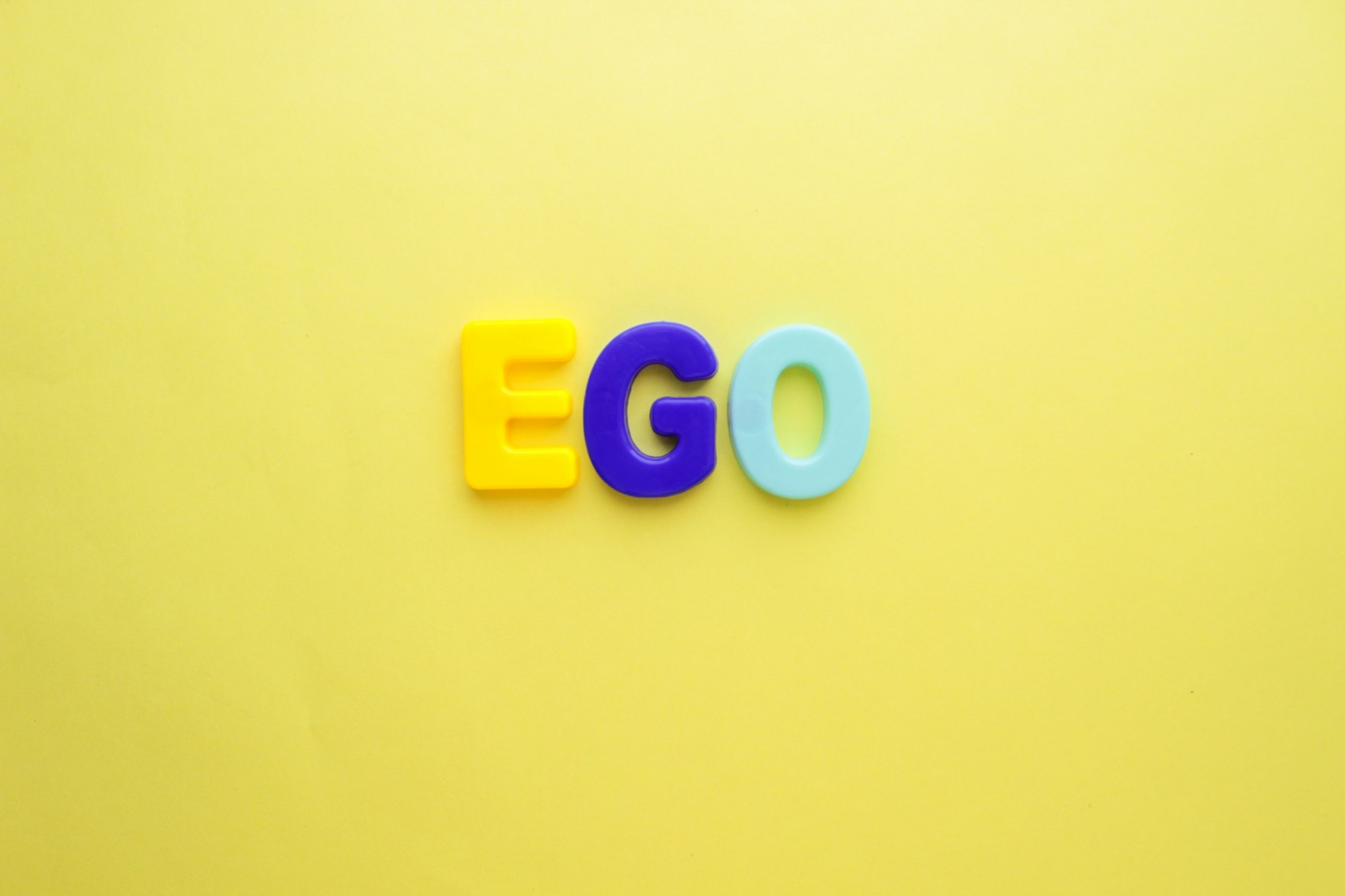In the realm of spirituality, one of the most profound concepts to explore is the nature of the ego and how it influences our perception of reality. The ego is often seen as the primary obstacle to spiritual awakening, as it keeps us rooted in a limited and false sense of self. To achieve deeper spiritual growth, one must understand the ego’s role and learn to transcend it, allowing the true essence of the self to emerge.
This journey from ego to essence is not about eliminating the ego entirely, but about recognizing its limitations and transcending its control. In this long-form blog post, we’ll explore the nature of the ego, its role in spiritual practice, and techniques to transcend it to uncover your true essence.
What is the Ego?
The ego is the part of the mind that identifies with our thoughts, beliefs, and perceptions. It’s the aspect of consciousness that constructs a sense of identity based on external circumstances, roles, and labels. The ego’s primary function is to help us navigate the physical world by creating a sense of individuality and separation from others.
However, while the ego serves a practical purpose, it also limits our ability to experience the fullness of our spiritual nature. The ego clings to attachments, desires, and fears, reinforcing the idea that we are separate beings defined by our external environment.
Common Characteristics of the Ego:
- Fear of Losing Control: The ego thrives on control, often leading to fear and anxiety when situations are unpredictable.
- Attachment to Identity: The ego attaches itself to labels—career, social status, appearance—believing these define who we are.
- Defensiveness: The ego becomes defensive when its identity is challenged, leading to conflict and resistance.
- Judgment: The ego often engages in judgment of others and self, creating feelings of superiority or inferiority.
- Desire for Approval: The ego seeks validation from others, constantly striving to maintain a positive image.
The Role of the Ego in Spiritual Practice
In spiritual practice, the ego is often seen as the primary barrier to realizing our true essence. It keeps us trapped in a cycle of self-identification with thoughts, emotions, and external circumstances, preventing us from connecting with the deeper aspects of our consciousness.
How the Ego Limits Spiritual Growth:
- Illusion of Separation: The ego reinforces the idea that we are separate from others and the universe. This sense of separation creates feelings of isolation and disconnection from the divine source.
- Attachment to the Material World: The ego is deeply attached to material possessions, achievements, and external validation, which can create suffering when these attachments are threatened or lost.
- Fear of the Unknown: Spiritual growth often involves stepping into the unknown and surrendering control. The ego resists this, creating fear and anxiety that can block progress.
- Constant Mental Chatter: The ego’s tendency to overthink and analyze everything keeps us trapped in the mind, preventing us from experiencing the stillness and presence necessary for spiritual awakening.
To transcend the ego and move into a state of spiritual awakening, we must cultivate awareness of its influence and learn to disidentify from it. This process involves shifting our focus from ego-based thinking to a deeper sense of self rooted in our true essence.
Understanding Essence: The True Self
While the ego represents the false self—the identity constructed by the mind—your essence is the true self, the part of you that is eternal and connected to the divine. Essence is not bound by time, space, or external circumstances. It is the pure awareness that exists beyond thought, emotion, and identity.
The essence is often described as the seat of the soul, the source of inner peace, love, and wisdom. It is where we find our deepest sense of purpose and meaning, as it connects us to the universe and all life.
Key Attributes of Essence:
- Unconditional Love: Unlike the ego, which seeks love and validation, the essence is rooted in unconditional love that requires nothing in return.
- Inner Peace: The essence is the source of lasting inner peace, unaffected by external events or circumstances.
- Unity: In the state of essence, there is no separation between yourself and others—you experience oneness with all that is.
- Stillness and Presence: The essence resides in the present moment, free from the mental chatter of the ego.
- Clarity and Intuition: The essence allows us to tap into deeper levels of intuition and insight that go beyond logical thinking.
How to Transcend the Ego
Transcending the ego doesn’t mean destroying it; rather, it’s about recognizing its limitations and shifting your awareness to your higher self. By doing so, you can break free from the illusions of the ego and live a life rooted in your true essence.
Here are some practical steps to help you transcend the ego:
1. Practice Mindfulness and Presence
The ego thrives in the past and future, constantly replaying old memories or worrying about what’s to come. To transcend the ego, you must cultivate presence and mindfulness, bringing your awareness fully into the present moment. When you are present, the mental chatter of the ego begins to fade, and you can experience the stillness of your essence.
How to Practice Mindfulness:
- Focus on your breath and observe it without judgment.
- Engage fully in whatever you are doing, whether it’s eating, walking, or working.
- Notice thoughts as they arise, but avoid getting attached to them or letting them pull you away from the present.
2. Meditate Regularly
Meditation is one of the most powerful tools for transcending the ego. It allows you to observe your thoughts without getting caught up in them, helping you detach from the ego’s influence. Over time, meditation helps you shift your awareness from the mind to the deeper essence within.
Meditation Techniques for Ego Transcendence:
- Mindfulness Meditation: Focus on the present moment, observing your thoughts and letting them pass without attachment.
- Loving-Kindness Meditation: Send unconditional love to yourself and others, dissolving the barriers created by the ego.
- Transcendental Meditation: Repeat a mantra to quiet the mind and move into a state of pure awareness.
3. Observe the Ego Without Judgment
One of the most effective ways to transcend the ego is to observe it with curiosity rather than judgment. When you notice the ego’s patterns—such as defensiveness, fear, or attachment—take a step back and observe these tendencies without reacting to them.
By simply witnessing the ego’s behavior, you create a space of awareness that allows you to disidentify from it. The more you practice this, the easier it becomes to recognize when the ego is at play and to shift your focus back to your essence.
4. Practice Self-Inquiry
Self-inquiry is a powerful technique for uncovering the true self beyond the ego. By asking yourself questions like “Who am I?” or “What is my true nature?” you can begin to see through the illusions of the ego and connect with the deeper awareness of your essence.
This practice involves turning your attention inward and questioning the assumptions you’ve made about your identity. It helps you realize that the ego’s ideas of who you are—your name, job, relationships—are not the true essence of your being.
5. Let Go of Attachments
The ego clings to attachments, whether they are material possessions, beliefs, or relationships. Letting go of these attachments doesn’t mean abandoning them, but rather, releasing the idea that they define who you are. By detaching from these external factors, you create more space for the essence to shine through.
Steps to Release Attachments:
- Identify areas of your life where you feel attached or overly invested.
- Acknowledge that these attachments are part of the ego’s need for validation.
- Practice letting go, trusting that you are complete and whole without them.
6. Cultivate Compassion and Humility
The ego often seeks to elevate itself above others through judgment, comparison, or competition. To transcend the ego, it’s important to cultivate compassion and humility, recognizing that we are all on the same journey of self-discovery. By treating others with kindness and empathy, you dissolve the ego’s need to assert superiority.
7. Embrace Vulnerability
The ego fears vulnerability because it perceives it as a weakness. However, vulnerability is a gateway to authenticity and connection. When you allow yourself to be vulnerable, you shed the protective layers of the ego and open yourself to deeper relationships and experiences.
Conclusion
The journey from ego to essence is a transformative process that requires mindfulness, self-awareness, and a commitment to spiritual practice. By understanding the ego and its limitations, you can begin to transcend its control and connect with the deeper essence of your being. This shift allows you to live a more authentic, peaceful, and connected life, rooted in the truth of who you really are. As you move from ego to essence, you experience the freedom and joy that come from aligning with your higher self, ultimately guiding you on the path to spiritual awakening.







